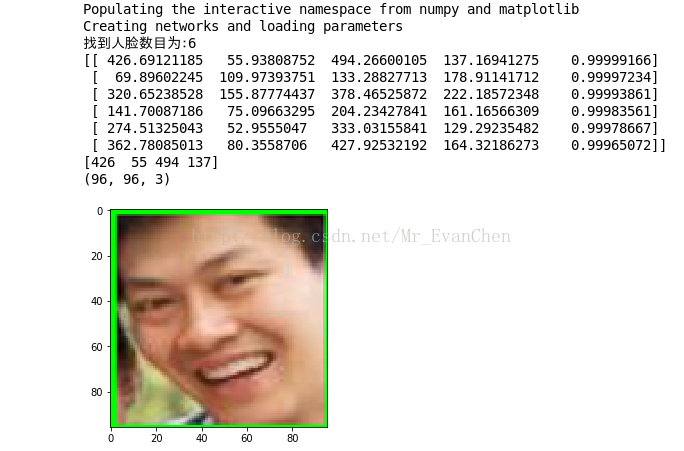Python多线程编程(七):使用Condition实现复杂同步
目前我们已经会使用Lock去对公共资源进行互斥访问了,也探讨了同一线程可以使用RLock去重入锁,但是尽管如此我们只不过才处理了一些程序中简单的同步现象,我们甚至还不能很合理的去解决使用Lock锁带来的死锁问题。所以我们得学会使用更深层的解决同步问题。
Python提供的Condition对象提供了对复杂线程同步问题的支持。Condition被称为条件变量,除了提供与Lock类似的acquire和release方法外,还提供了wait和notify方法。
使用Condition的主要方式为:线程首先acquire一个条件变量,然后判断一些条件。如果条件不满足则wait;如果条件满足,进行一些处理改变条件后,通过notify方法通知其他线程,其他处于wait状态的线程接到通知后会重新判断条件。不断的重复这一过程,从而解决复杂的同步问题。
下面我们通过很著名的“生产者-消费者”模型来来演示下,在Python中使用Condition实现复杂同步。
'''
Created on 2012-9-8
@author: walfred
@module: thread.TreadTest7
'''
import threading
import time
condition = threading.Condition()
products = 0
class Producer(threading.Thread):
def __init__(self):
threading.Thread.__init__(self)
def run(self):
global condition, products
while True:
if condition.acquire():
if products < 10:
products += 1;
print "Producer(%s):deliver one, now products:%s" %(self.name, products)
condition.notify()
else:
print "Producer(%s):already 10, stop deliver, now products:%s" %(self.name, products)
condition.wait();
condition.release()
time.sleep(2)
class Consumer(threading.Thread):
def __init__(self):
threading.Thread.__init__(self)
def run(self):
global condition, products
while True:
if condition.acquire():
if products > 1:
products -= 1
print "Consumer(%s):consume one, now products:%s" %(self.name, products)
condition.notify()
else:
print "Consumer(%s):only 1, stop consume, products:%s" %(self.name, products)
condition.wait();
condition.release()
time.sleep(2)
if __name__ == "__main__":
for p in range(0, 2):
p = Producer()
p.start()
for c in range(0, 10):
c = Consumer()
c.start()
代码中主要实现了生产者和消费者线程,双方将会围绕products来产生同步问题,首先是2个生成者生产products ,而接下来的10个消费者将会消耗products,代码运行如下:
Producer(Thread-1):deliver one, now products:1
Producer(Thread-2):deliver one, now products:2
Consumer(Thread-3):consume one, now products:1
Consumer(Thread-4):only 1, stop consume, products:1
Consumer(Thread-5):only 1, stop consume, products:1
Consumer(Thread-6):only 1, stop consume, products:1
Consumer(Thread-7):only 1, stop consume, products:1
Consumer(Thread-8):only 1, stop consume, products:1
Consumer(Thread-10):only 1, stop consume, products:1
Consumer(Thread-9):only 1, stop consume, products:1
Consumer(Thread-12):only 1, stop consume, products:1
Consumer(Thread-11):only 1, stop consume, products:1
另外:Condition对象的构造函数可以接受一个Lock/RLock对象作为参数,如果没有指定,则Condition对象会在内部自行创建一个RLock;除了notify方法外,Condition对象还提供了notifyAll方法,可以通知waiting池中的所有线程尝试acquire内部锁。由于上述机制,处于waiting状态的线程只能通过notify方法唤醒,所以notifyAll的作用在于防止有线程永远处于沉默状态。
